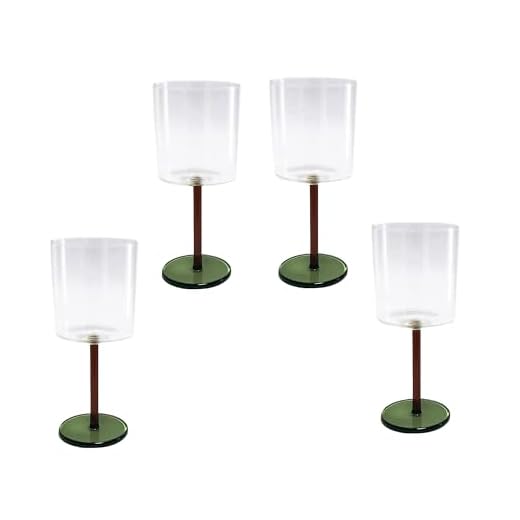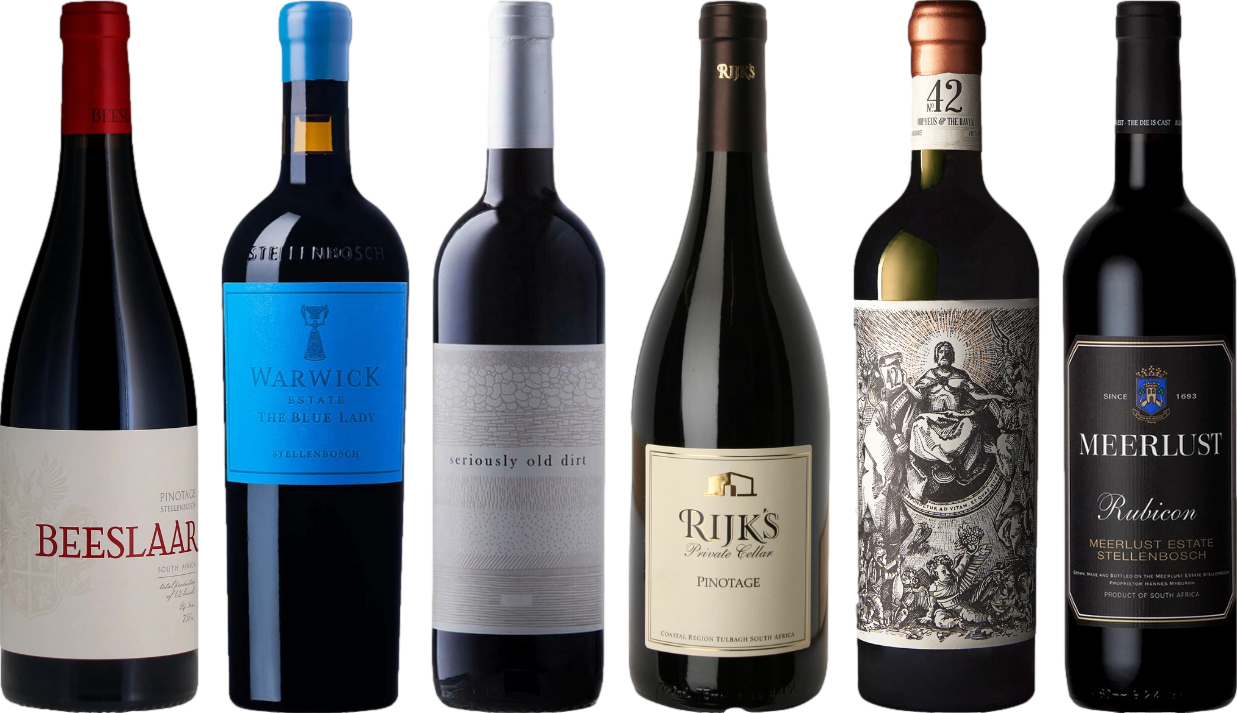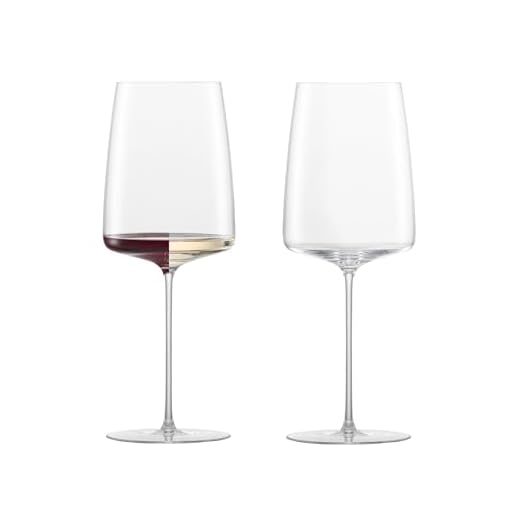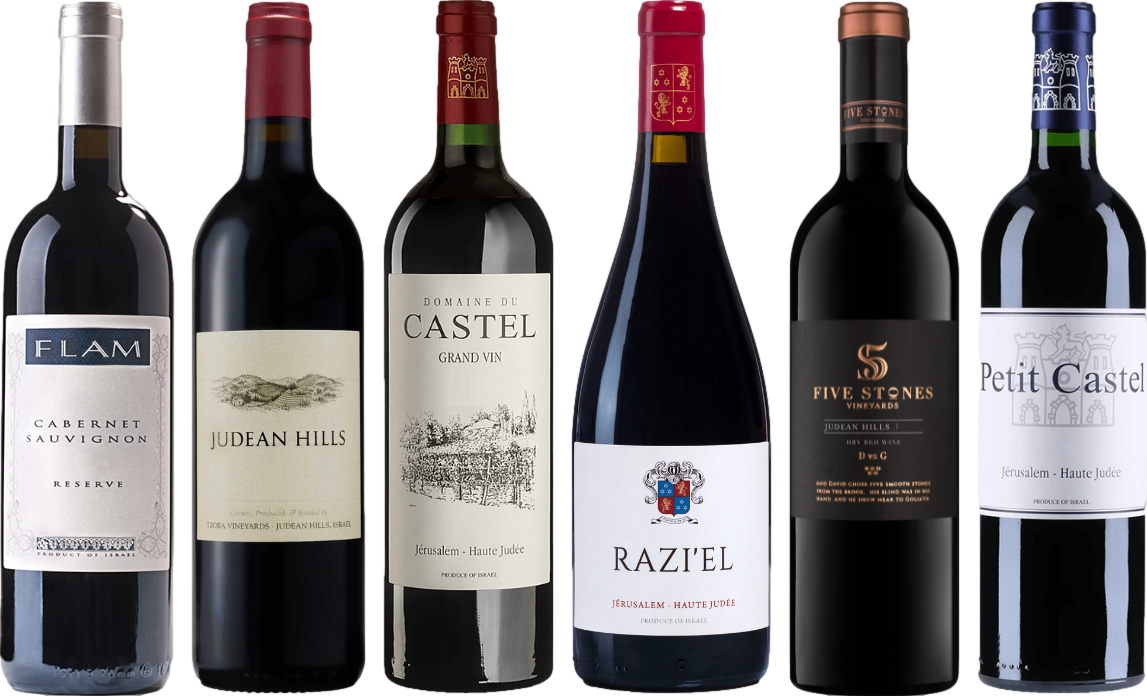



When selecting the ideal vessel for deep-hued varietals, prioritize a bowl that is both wide and rounded. This shape allows for ample surface area, encouraging aeration and enhancing the release of aromatic compounds, which are crucial for appreciating the complexities of these beverages.
Pay attention to the stem; it should be long enough to prevent heat transfer from your hand to the bowl, preserving the optimal serving temperature. A sturdy base is equally important, providing stability and preventing accidents during service.
The rim of the vessel should be thin, as this enhances the drinking experience by directing the liquid smoothly onto your palate. A clear, crystal material is preferred, allowing you to appreciate the color and clarity of the pour.
Ultimately, the right choice of glass not only elevates the visual appeal but also enriches the tasting experience, making each sip a discovery of flavors and aromas.
Shape and Design Features of Wine Tumblers
For optimal enjoyment of full-bodied varieties, select stemware that features a broad bowl. This design allows ample air exposure, enhancing the aromas and flavors. A tapered rim helps concentrate scents, making the experience more pleasurable.
Bowl Dimensions
- A typical bowl should be larger than that of white varietals, often measuring around 22-30 ounces in capacity.
- The wider base promotes swirling, which aerates the liquid, facilitating the release of volatile compounds.
Stem and Base
- Opt for a long stem to prevent warmth transfer from your hand to the contents. This is especially crucial for reds, which are best served at slightly cooler temperatures.
- A sturdy base provides stability, reducing the risk of spills and enhancing the aesthetic appeal.
Materials such as crystal or high-quality glass can enhance clarity and brilliance, showcasing the rich hues of the beverage. The choice of material also affects the tactile experience, making each sip more enjoyable.
Remember, the right choice in stemware not only elevates the drinking experience but also complements the overall presentation of the beverage on your table.
Materials Used in Red Wine Glass Manufacturing
Lead-free crystal is a top choice for crafting these vessels, offering clarity and brilliance. The absence of lead ensures safety while maintaining the glass’s elegance. Advanced glass-blowing techniques allow for thinner walls, enhancing the tasting experience by minimizing heat transfer from hands to the content.
Soda-lime glass is another prevalent material, known for its durability and affordability. This type is less refined than crystal but still provides a satisfactory experience for casual enjoyment. The manufacturing process involves mixing silica with soda ash and lime, resulting in a sturdy finish ideal for everyday use.
Borosilicate glass, recognized for its thermal resistance, is suitable for those who appreciate a robust and versatile option. This material can withstand temperature changes, making it a favorite among those who prefer to serve their beverages at specific temperatures without risk of breakage.
Some premium options incorporate handmade elements, showcasing artisanship. These handcrafted pieces often feature unique designs and textures, elevating the aesthetic appeal while ensuring functionality. The attention to detail in these creations often reflects the passion behind the craft.
When selecting a vessel, consider the intended use. For formal settings or special occasions, opt for lead-free crystal or handcrafted options. For casual gatherings, soda-lime or borosilicate glass provides a practical yet stylish choice. Each material offers distinct characteristics, influencing the overall tasting experience.
Size Variations and Their Impact on Wine Tasting
Choosing the right size of a vessel can significantly influence the sensory experience. A standard bowl typically holds between 12 to 16 ounces, allowing ample space for aromas to develop. Smaller options, like 8 to 10 ounces, can concentrate scents but may limit aeration, making them suitable for younger varieties.
Impact on Aroma and Flavor
Larger dimensions permit greater exposure to air, enhancing the release of volatile compounds and thus intensifying the aroma profile. For instance, a 20-ounce option is ideal for full-bodied selections, as it enables the nuances to unfold. Conversely, a smaller design may suit lighter, more delicate types, focusing the aromatic experience.
Serving Temperature Considerations
The volume of the vessel affects the temperature retention of the beverage. A broader bowl may lead to quicker warming of the contents, which is crucial for certain styles that showcase their character at specific temperatures. Selecting the appropriate size can help maintain optimal drinking conditions longer, enhancing overall enjoyment.
Color and Clarity: Aesthetic Aspects of Wine Tumblers
For optimal enjoyment of your chosen varietal, consider the importance of color and clarity in your drinking vessel. A clear, polished bowl allows for a true appreciation of the wine’s hue, which can range from deep garnet to bright ruby. The visual experience enhances anticipation and sets the stage for tasting.
Evaluating Color
When selecting a tumbler, the clarity of the glass plays a crucial role. Here are key points to evaluate:
- Transparency: Ensure the glass is free from imperfections, which can distort the perception of the wine’s color.
- Thickness: A thinner rim offers a more delicate experience, allowing for a clearer view of the wine’s depth and richness.
- Color of the Glass: Opt for clear glass over colored options; this ensures the wine’s true color shines through.
Impact of Clarity
Clarity not only affects visual appeal but also influences the overall tasting experience. Consider these factors:
- Brightness: A well-crafted vessel enhances the wine’s luster, which can indicate freshness and quality.
- Contrast: The right glass allows for a striking contrast between the wine and the glass, making nuances more apparent.
- Surface Quality: A smooth surface minimizes distortion, allowing for a more accurate assessment of the wine’s color.
In summary, selecting a high-quality tumbler enhances both the aesthetic appeal and the tasting experience. Focus on transparency, thickness, and surface quality to elevate your wine enjoyment to new heights.
Importance of Bowl Size for Aromatic Development
The bowl size of a vessel plays a significant role in the aromatic expression of the liquid inside. A larger bowl enhances the interaction between the liquid and air, allowing volatile compounds to escape and intensify aromas. This is particularly crucial for varietals that are complex and need room to breathe.
For optimal aromatic development, I recommend a bowl width of at least 4 to 5 inches. This allows the wine to oxidize properly, releasing its bouquet and making the tasting experience more robust. In contrast, narrower vessels can restrict this interaction, leading to a muted aroma profile.
| Feature | Impact on Aroma |
|---|---|
| Larger Bowl | Increased surface area promotes aeration and aroma release. |
| Narrow Bowl | Limits oxidation and may trap aromas, resulting in a less expressive experience. |
Additionally, the height of the bowl can affect how aromas are perceived. A taller bowl can concentrate scents, directing them toward the nose, while a shorter bowl may disperse them too widely. Adjusting bowl dimensions can fine-tune the aromatic profile, enhancing the overall tasting journey.
For those looking to maintain cleanliness in their glassware, consider reading about the best cold water pressure washer reviews. Keeping your vessels pristine ensures that the true essence of the beverage shines through.
Choosing the Right Glass for Different Types of Red Varietals
For a full-bodied Cabernet Sauvignon, select a glass with a broad bowl and a slightly tapered rim. This shape allows ample oxygen exposure, enhancing the wine’s complex aromas. A glass with a larger diameter also accommodates the wine’s tannins well, balancing the overall tasting experience.
In contrast, for Pinot Noir, opt for a glass with a smaller bowl. This design minimizes oxygen contact, preserving the delicate aromas of this varietal. The narrower opening directs the scents to the nose, allowing for a concentrated aromatic profile that complements the lighter body of the wine.
Specific Recommendations for Various Styles
For Malbec, I recommend a medium-sized glass with a wider bowl than Pinot Noir but not as broad as that of Cabernet. This allows for sufficient aeration while retaining the wine’s rich, dark fruit characteristics. On the other hand, for lighter styles like Beaujolais, a tulip-shaped glass works best. It enhances the fruity notes while keeping the wine cool and fresh during service.
Syrah benefits from a glass that offers a substantial bowl and a slightly flared rim. This shape promotes the release of its robust spice and fruit aromas, elevating the tasting experience. Lastly, when serving a blend that includes both lighter and heavier varietals, consider a versatile glass that balances both characteristics, ensuring that each element is appreciated.








